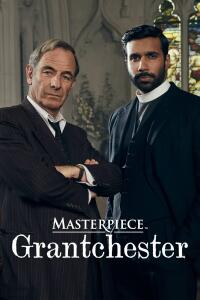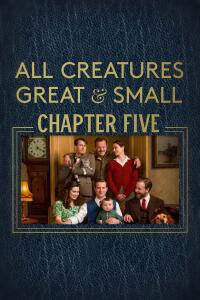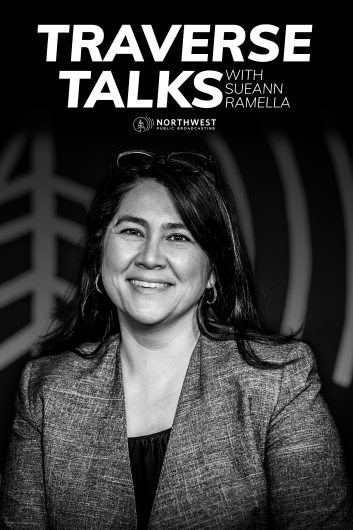News
-
Widespread flooding from an atmospheric river has sent blueberry and dairy farmers scrambling in northwest Washington state.
-
The Skagit River near Mount Vernon crested at record-breaking levels in the wee hours of Friday morning, but it’s still running dangerously high hours later.
-
Emergency responders are urging Washingtonians to take extra precautions and listen to evacuation orders.
Local Programs
Arts & Culture
Kids
NWPB Events































